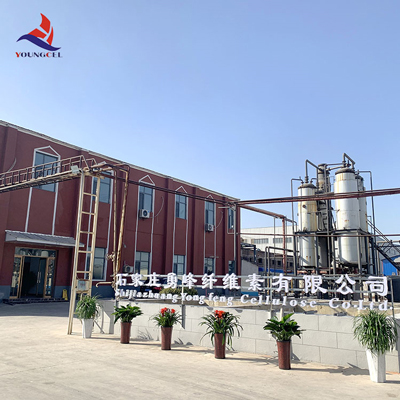The Role of Hydroxypropyl Methylcellulose (HPMC) in Chemical Applications
Hydroxypropyl Methylcellulose (HPMC) is a cellulose ether that has gained significant attention across various industries, including pharmaceuticals, food, and construction. As a nonionic polymer, HPMC exhibits unique properties, such as thermal stability, adhesive qualities, and exceptional water-retaining capabilities, making it an invaluable additive in numerous applications.
Chemical Structure and Properties
HPMC is derived from natural cellulose, a polymer composed of glucose units linked by β-1,4-glycosidic bonds. Through the chemical modification process, cellulose is reacted with propylene oxide and methyl chloride, leading to the formation of hydroxypropyl and methoxy groups along the cellulose backbone. This modification enhances its solubility in water, allowing HPMC to dissolve easily in cold or hot water, a feature that is particularly beneficial for its usage in various formulations.
One of the most remarkable properties of HPMC is its ability to form gels upon heating, a characteristic that allows it to maintain a stable matrix in products ranging from pharmaceuticals to food items. Furthermore, its non-toxic and biocompatible nature makes it safe for consumption, which is crucial in the food and pharmaceutical industries.
Applications in Pharmaceuticals
In the pharmaceutical sector, HPMC is widely used as a binder, thickener, and film-forming agent in drug formulations. It serves an essential role in the production of tablets and capsules by improving the binding properties of the active ingredients. Due to its excellent gel-forming ability, HPMC can also be employed in controlled-release formulations, regulating the release of active pharmaceutical ingredients (APIs) over an extended period.
Moreover, HPMC is utilized in topical applications, providing a protective barrier that can enhance drug absorption through the skin. Its stability under varying pH levels further solidifies its role as a multifunctional excipient in pharmaceutical formulations, ensuring that the drug remains effective throughout its shelf life.
chemic cellulos hpmc hydroxypropyl methyl

Role in Food Products
In the food industry, HPMC acts as a thickening agent, stabilizer, and emulsifier. It is commonly used in sauces, dressings, and dairy products to improve texture and mouthfeel while enhancing the product's stability and shelf life. Its water-retaining properties help maintain moisture in baked goods, ensuring a fresher taste and preventing staleness.
Also noteworthy is HPMC’s application in gluten-free formulations. With the rising demand for gluten-free products, HPMC offers a solution for improving the texture and binding characteristics of gluten-free baked goods, helping to achieve a desirable consistency similar to that of traditional wheat-based products.
Construction and Other Industrial Uses
The construction industry also benefits substantially from HPMC. It is commonly incorporated into cement-based materials, such as tile adhesives and dry mix mortars, where it acts as a water-retaining agent. This property facilitates a longer working time and improved adhesion during application. By ensuring a controlled moisture release, HPMC contributes to the strength and durability of construction materials.
Furthermore, HPMC’s versatility extends to various other industries, including cosmetics and personal care. It is frequently found in formulations for lotions, creams, and shampoos, where it serves as a film-forming agent, enhancing the product’s texture and feel.
Conclusion
Hydroxypropyl Methylcellulose is a multifaceted compound with a wide array of applications across multiple industries. Its biocompatibility, water retention capabilities, and versatility make it an essential ingredient in pharmaceuticals, food products, construction materials, and cosmetics. As research progresses and new applications are developed, HPMC is expected to play an increasingly prominent role in the advancement of modern technology and consumer products, continuing to bridge the gap between natural polymers and synthetic materials. Its significance in both everyday items and specialized applications highlights the importance of cellulose derivatives in contemporary science and industry.
-
The Application and Significance of Construction RdpNewsMay.19,2025
-
Industrial Grade HpmcNewsMay.19,2025
-
Building Coating Adhesive Building Coating Adhesive HpmcNewsMay.19,2025
-
Application Of Hpmc For Detergent For Detergent In DetergentsNewsMay.19,2025
-
Application Of Hpmc Cellulose In Cement-Based MaterialsNewsMay.19,2025
-
Application Of High Quality Hpmc For Construction In The Field Of ConstructionNewsMay.19,2025




